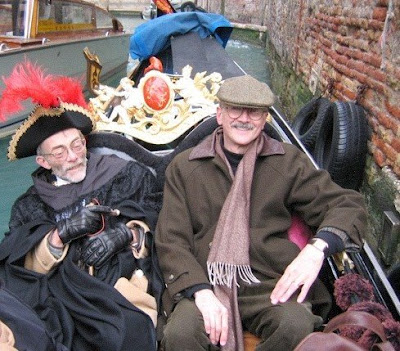
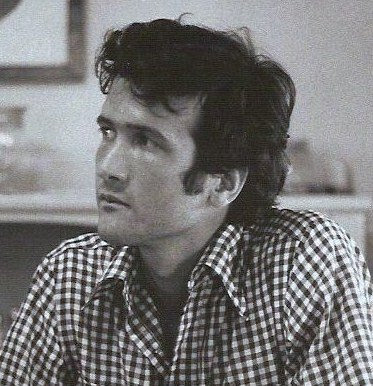

Today, April 16th, is my birthday...I am sixty-six years old! Ugh!!! I never thought I'd live this long. I was a world-weary old man at eighteen. But today many of my best friends are in their mid-20's and early-30's! Go figure!
One of my women cardiologists says that sixty is the new forty. We'll see. I'm not convinced. But it is amazing that I'm still here. (At least I share my birthday with Peter Ustinov and Charlie Chaplin...even the retired Pope.)
I was born the day before Easter. Mother awoke in the middle of the night after Good Friday, and informed Dad that she was coming down with the mumps. Dad said, “Go back to sleep, dear.” Later Ibby woke up again, and said: “Sherry, I think I’m going into labor.” Dad arose with a start and exclaimed: “You can’t do this to me! I have four services tomorrow.” I was born at 5:55 PM on Holy Saturday April 16, 1949. So my first morning light was the Day of Resurrection (a distinction that— I’m embarrassed to say— I shared with Adolf Hitler: as April 20th was the Saturday before Easter in 1889).
A more intriguing possibility is recent speculation about the actual birth of Jesus. It’s clear to any informed non-fundamentalist Christian that the year is off. Apparently the scribe Dionysius wasn’t aware that Herod the Great had died in 3 B.C.E. [Before the Common Era] So if the Gospels are to be believed— that Jesus was born during the reign of Herod— the date is short by at least three years. And the actual day, December 25, wasn’t designated until the time of Constantine, when it conveniently was merged with the birth of Sol Invictus, Zoroaster, and that favorite Roman holiday, Saturnalia, whose main features were imbibing too much and exchanging presents. (So when people complain about the commercialization of Christmas, and long for a return to its original purpose; perhaps it already has.)
Anyway recent astronomical studies have discovered an extraordinary convergence of stars and planets in the year 4 B.C.E.. Several scholars conclude then, that the real birth of Jesus, or Joshua ben Joseph, was on April 17 4 B.C.E. Since he was born in the Middle East—and you factor in the time zones – I may actually have been born on the authentic Christmas!
I was born prematurely— not a lot. I don’t think I was put in an incubator; but I was early .....and hungry. I was wrinkled and purple. Supposedly Mother joked that I was the “ugliest baby” she had ever seen. Imagine that! Of course she didn’t mean it— and she never did have a very natural sense of humor. Still........
My birth announcement stated I was “A little old man with big possibilities.”(I’m definitely feeling the first part these days.)
All four of us children were born in Columbus, Ohio. All four, delivered by the same obstetrician: two before the war; two after. Yet between each child, the family lived in different states. It was a little like the salmon coming back to spawning grounds.
When I was a year and half, we moved to Pennsylvania – never again to return to live in Ohio.
#






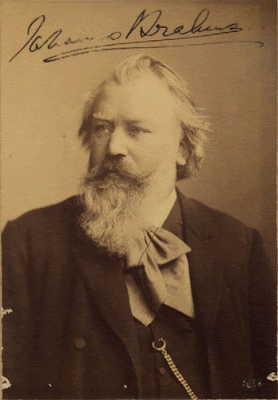

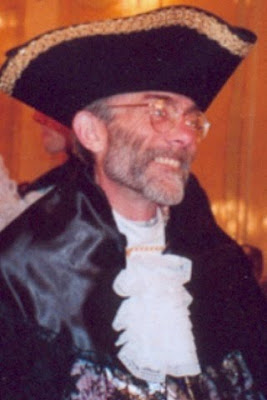






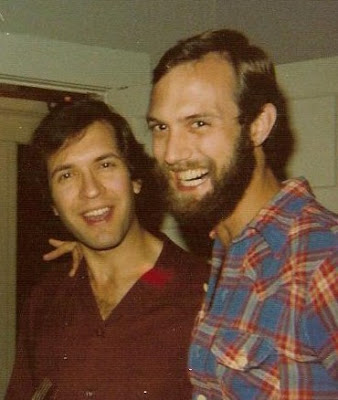


.jpg)
